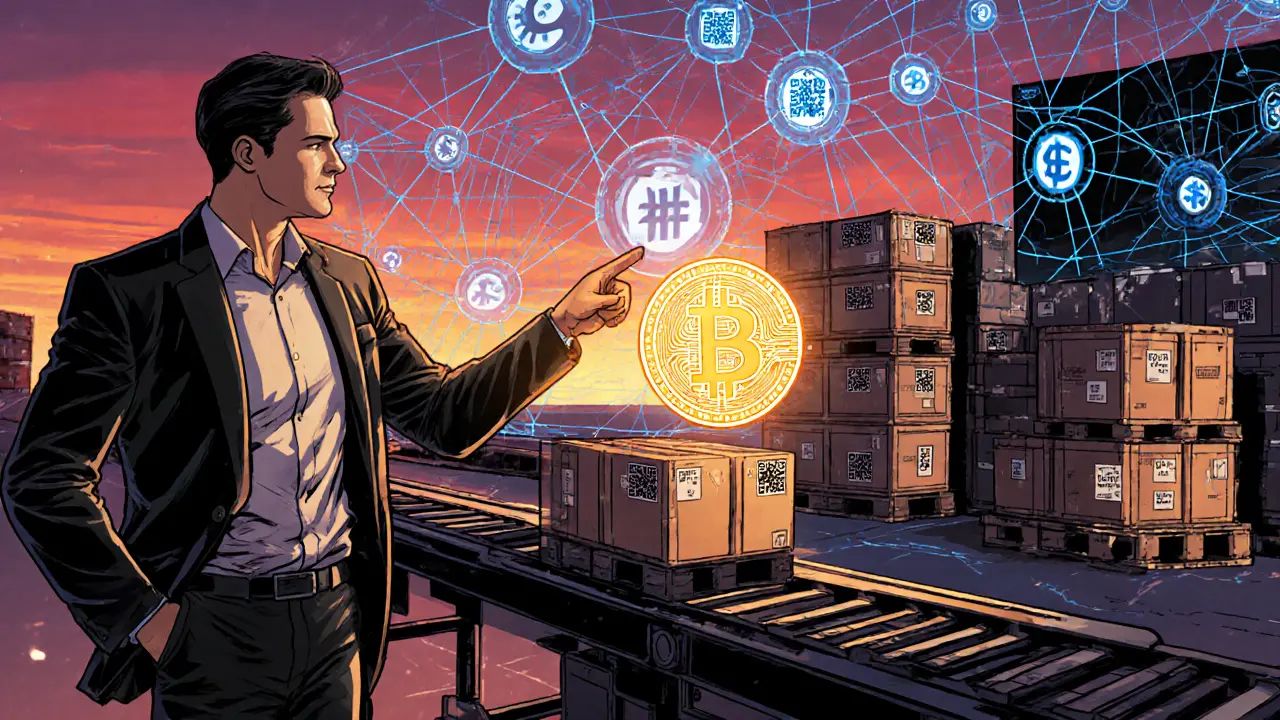NFT Supply Chain Challenges: What’s Really Going On?
When working with NFT supply chain challenges, the difficulties that arise while moving, verifying, and monetizing non‑fungible tokens across physical and digital logistics networks. Also known as NFT logistics hurdles, it covers everything from provenance gaps to fraud risks.
One of the core reasons these hurdles exist is blockchain transparency, the ability of a distributed ledger to provide an immutable audit trail for every token transfer. Blockchain transparency enables producers, auditors, and end‑users to see exactly where an NFT originated and how it moved, which directly addresses the traceability issue in the supply chain. At the same time, smart contract security, the practice of hardening self‑executing code against reentrancy attacks and logic bugs influences the reliability of those audit trails. A weak contract can let bad actors alter ownership records, breaking the trust chain. Together, these two concepts form a semantic triple: NFT supply chain challenges encompass traceability issues, require blockchain transparency, and depend on smart contract security. The result is a tighter loop where each transaction is both visible and protected.
How Tokenized Assets and Digital Provenance Fit In
Beyond the tech layer, the business model matters. tokenized assets, real‑world goods or rights represented as NFTs on a blockchain bring new value but also new complexity. When a physical product is linked to an NFT, the supply chain must reconcile on‑chain data with off‑chain processes like shipping, customs, and storage. This creates a third semantic connection: Tokenized assets require digital provenance to bridge physical and digital worlds. Digital provenance, the verifiable history of an asset’s ownership and condition, becomes the glue that holds the system together. Companies that ignore provenance end up with mismatched records, leading to disputes, delayed payments, or even counterfeit claims. By integrating provenance checkpoints—scanning QR codes, IoT sensors, or manual verification—organizations can feed reliable data back into the blockchain, reinforcing both transparency and security.
So what does this mean for you? If you’re an NFT creator, collector, or supply‑chain operator, you’ll find articles below that dive into real‑world case studies, step‑by‑step guides on securing smart contracts, and tools for mapping tokenized assets to physical goods. From the Thodex exchange fallout teaching us how weak security can devastate markets, to the latest airdrop mechanics that show how token distribution can be gamed, the collection covers the whole spectrum. Armed with this context, you’ll be ready to spot the weak spots in any NFT‑driven logistics flow and apply proven fixes before they cost you time or money.
Explore the biggest technical, organizational, and regulatory challenges of deploying NFTs in supply chains and learn practical steps to overcome them.

